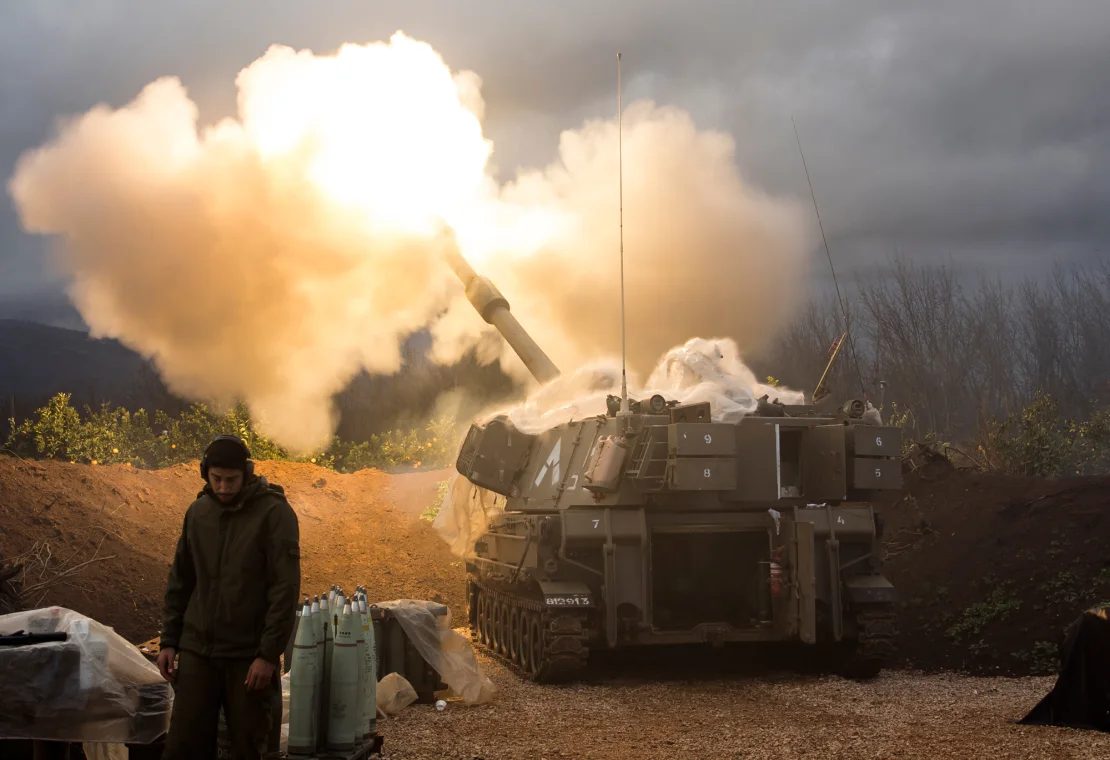The stakes in the Middle East have rarely been higher.
Simmering tensions reached new levels on Friday when the US and UK launched strikes on Houthi fighters in Yemen, in an effort to force them to halt their months-long attacks in the Red Sea. A day later, the US unilaterally carried out fresh strikes, targeting a Houthi radar facility.
The strikes risk further fanning the flames of a wider regionaI conflict that neither the US nor the Houthis’ backers in Iran appear to want.
Since Hamas’ October 7 attacks on Israel and the Israeli offensive in Gaza that followed, Iran’s so-called axis of resistance — a network of Shia militias that span four Middle Eastern countries — has been activated from one end of the region to the other.
Hezbollah entered daily confrontations with Israeli forces on the Lebanon-Israel border. Houthi rebels launched a series of attacks on commercial ships and Western military vessels in the Red Sea, a major artery for international trade. Iranian-backed forces in Iraq and Syria launched dozens of attacks aimed at US military positions in those countries, leading to a number of close calls.
It has been a relatively low-rumbling tit-for-tat that has stayed just below the threshold of a full-blown regional war. And it has sharpened US President Joe Biden’s foreign policy dilemmas while Iran seeks to balance tactical military gains against the dangers of a larger conflict.
Read more at CNN.com




